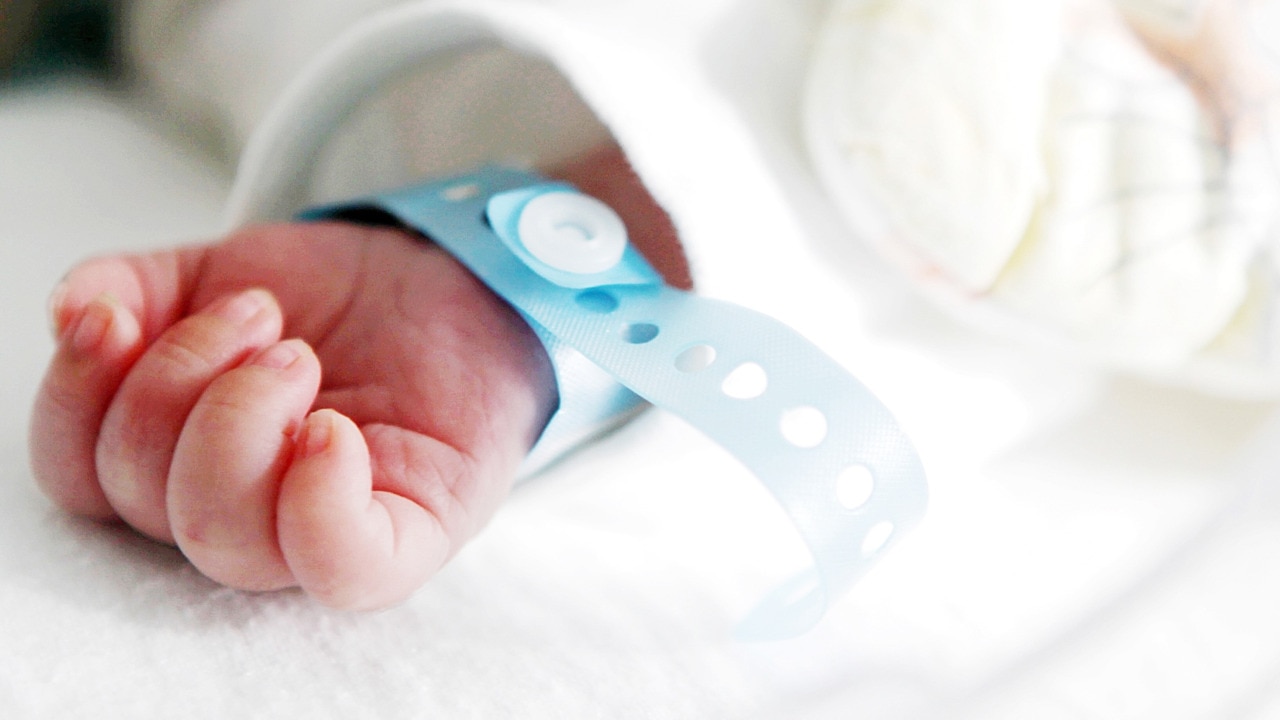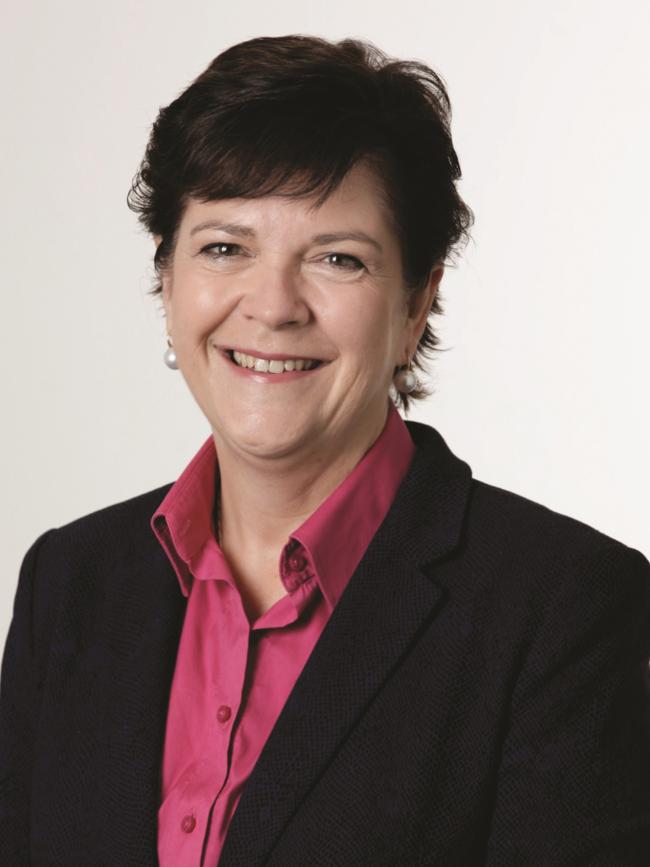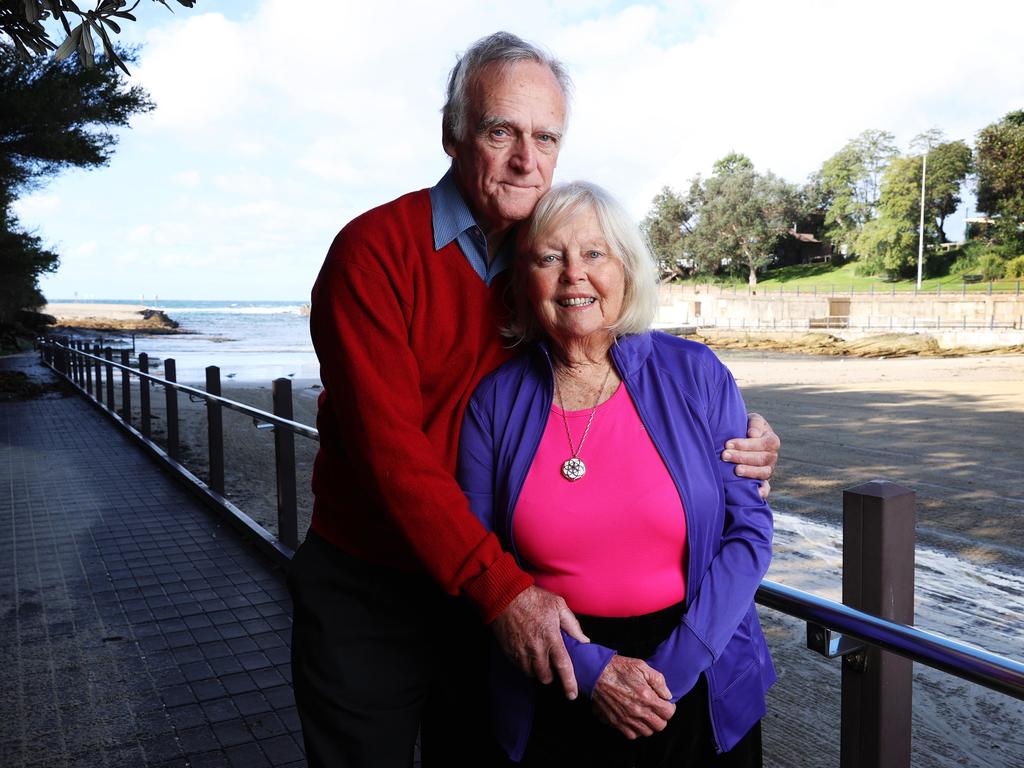So is yours the typical Australian family?
Just what is the typical Australian family? A new report finds family structures are increasingly diverse, and governments aren’t keeping up with the change.

Public policy and government programs continue to focus too heavily on traditional nuclear families when more than 30 per cent of families with children fall outside that model, a new report warns.
Those not in couple-parent families are more likely to experience cost-of-living pressures, have caring responsibilities beyond raising their children and live with more ill-health, disability and unstable housing, it finds.
The inaugural Uniting Families Report takes a deep dive into what Australian families look like in 2024, revealing that family structures are increasingly diverse and governments aren’t keeping up with the change.
“While 69 per cent of Australian children lived in couple parent families, more than 30 per cent lived in single-parent families, step and/or blended families, multigenerational, foster and other kin families,” the report says.
“For example, within one family home there may live a couple with their own children, a grandparent and possibly a stepchild to one of those parents.
“Where policymakers and practitioners fail to design systems, laws and services without the full range of family experiences in mind, some individuals won’t get the support they need to thrive.”

The report, a collaboration between community services organisation Uniting and the University of NSW Social Policy Research Centre uses data from the Household Income and Labour Dynamics Australia study to reach a range of conclusions about family structure and its consequences.
It finds one in 10 families is a sole parent family, with 12 per cent step or blended families. One in five of couple-parent families are also step or blended families. Some 6 per cent of families are living in a house with more than two generations.
While two in three families across Australia are couple-parent families, for First Nations families it is one in three.
“The traditional image of the nuclear family – mother, father and two children – permeates our cultural understanding of family life,” Uniting NSW-ACT chief executive Tracey Burton said.
“This report finds that people’s resources to cope with housing and financial stress, access to education and work, experiences of disability are affected by who lives in their family,” she said.

“Ignoring different family structures has real world consequences; these often fall most heavily on families already struggling with vulnerability or disadvantage.”
The study notes that while some 10 per cent of couple-parent families say they couldn’t raise $4000 in an emergency, for all other families it is greater than 20 per cent.
Cost-of-living pressure is also felt more strongly by those not in couple-parent families; insecure housing is more likely to affect sole parent, step and blended families.
“Around one in 10 people over 15 years old in couple-parent families live with ill-health and disability, but the rate is much higher for other family types: approximately one in five in step and/or blended families, sole parent families and multigenerational families, and one in four in foster and other kin families,” the report says.







To join the conversation, please log in. Don't have an account? Register
Join the conversation, you are commenting as Logout